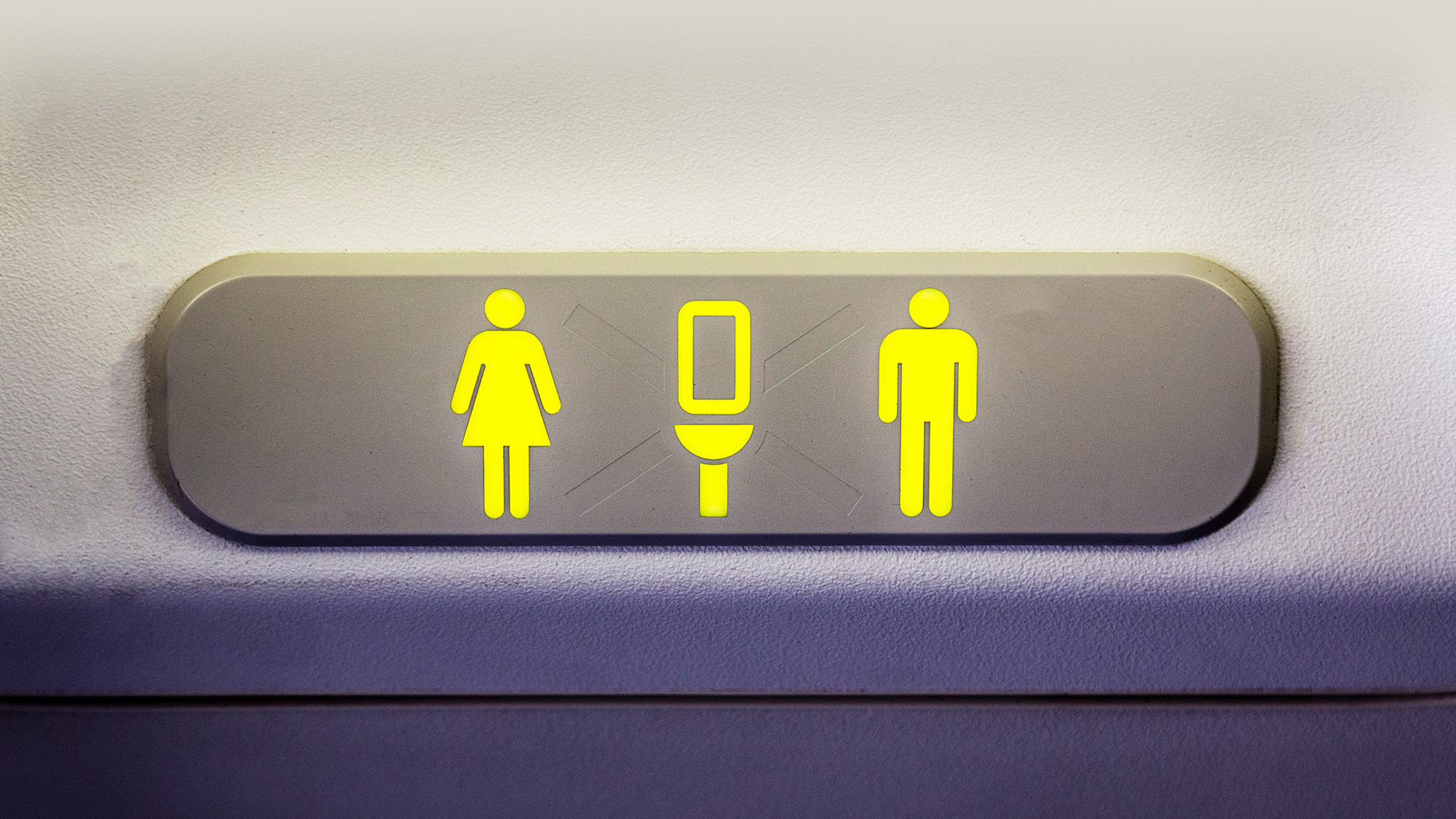New investigation shows aircraft wastewater monitoring is flush with potential
February 23 2023

SARS-CoV-2 genomic surveillance is in decline globally. However, for the biosecurity sector to thrive, we can’t be “flying blind” without data on how the virus is evolving. This data is vital to detect variants, evaluate potential countermeasures, and launch effective public health responses. Through the Centers for Disease Control and Prevention’s (CDC’s) Traveler-Based Genomic Surveillance (TGS) program, we’ve been using air travel-based monitoring to fill the gap since 2021. The TGS program has had success testing nasal swab samples from more than 120,000 volunteer travelers to date, and together with our partners at CDC and XpresCheck, we recently piloted a new passive monitoring approach that doesn’t rely on swabbing.
At New York’s John F. Kennedy airport, we sampled aircraft wastewater from arriving international flights to test its potential as a cost-effective, minimally disruptive, less invasive early warning system for biological threats, beginning with COVID-19. The full findings are out in CDC’s Morbidity and Mortality Weekly Report (MMWR) this week, and what we’ve learned has us charged up about the future of travel-based pathogen monitoring.
What is the Morbidity and Mortality Weekly Report?
The MMWR is “[CDC’s] primary vehicle for scientific publication of timely, reliable, authoritative, accurate, objective, and useful public health information and recommendations.” It’s a publication trusted by experts across the public health spectrum—physicians, nurses, practitioners, epidemiologists, researchers, and more.
Getting the word out to MMWR’s readers about the TGS program helps build awareness of the promise of passive biosecurity solutions and their importance to next-generation biological radar.
Aircraft wastewater testing results
From August to early September 2022, we collected samples on flights from the United Kingdom, Netherlands, and France. Of the 80 samples that were tested, 81 percent tested positive for SARS-CoV-2, and 38 percent of those positives yielded whole, high-quality SARS-CoV-2 genomes.
Each of the full-length viral genomes were identified as Omicron sublineages, particularly BA.5, BA.4.6, and BA.2.75. This reflected the Western European sequences uploaded to GISAID during that period, reinforcing our belief that traveler-based monitoring is a highly effective and reliable tool for detecting the spread of outbreaks and variants of concern as they arrive in new places.

Taking testing fatigue out of the equation
The signs of COVID-19 fatigue are real. The better we get at pushing pathogen surveillance to the background of people’s lives, the more likely we’ll be to achieve actionable early warning and fill critical data gaps. And as rewarding as it was to see the data show aircraft wastewater monitoring’s efficacy, it was the ease of collection that really encouraged us that passive monitoring can be an effective new frontier.
Aircraft wastewater surveillance is relatively cost-effective, reliable, and non-invasive. Using our custom collection device, sampling only added around three minutes to normal aircraft maintenance times, without any disruption to travelers disembarking from long-haul flights. While wastewater collection pools are limited to those people who use the bathroom (which usually correlates with flight duration) during a flight, we believe it’s still a reliable way to generate useful, high-quality samples to supplement the insights from voluntary swabbing.
If we can achieve this level of insight at international travel hubs around the world, we have a real opportunity to buy our public health leaders critical time to mount effective responses to emerging biological threats.
For more on our investigation and wastewater surveillance’s potential for improving the global immune system, read Notes from the Field: Aircraft wastewater surveillance for early detection of SARS-CoV-2 variants — John F. Kennedy International Airport, New York City, August–September 2022 in the latest edition of CDC’s MMWR.